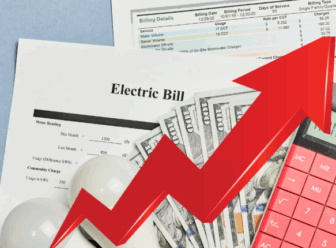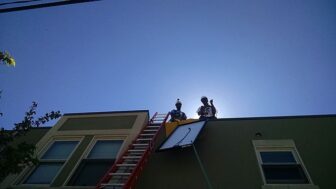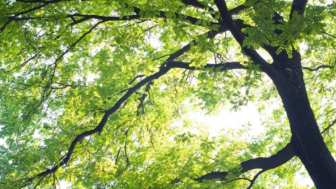This has been cross posted from: http://madrad2002.wordpress.com/2009/02/17/second-part-of-diversity-column/
So last week, I wrote the first part in a 2 part series on the need for more diversity and inclusion in the environmental movement. My second part is this week. In case you haven’t read the first part or would like to re-read it, go here: http://madrad2002.wordpress.com/2009/02/10/column-on-lack-of-minorities-in-environmental-groups/
For this weeks column, link is here: http://media.www.diamondbackonline.com/media/storage/paper873/news/2009/02/17/Opinion/Green.Diversity.Cross.Cultures.Save.The.World-3632931.shtml?reffeature=recentlycommentedstoriestab
Green diversity : Cross cultures, save the world
I met with a black state delegate about a bill a few weeks ago and made sure to ask him what the environmental community was doing wrong in reaching out to minorities. In his response to me, he made a good point. It’s difficult to tell someone they need to put a solar panel on their roof or to get the roof insulated when they’re working hard just to keep that roof over their head. He also stated the situation was unfortunate, because minority groups are most affected by global warming, rising energy costs and pollution. They also stand the most to gain from a clean energy economy if they’re involved in creating it. How do we stress that linkage? He didn’t have an answer. I have ideas.
Communication isn’t what it should be. We hear about “green jobs,” but I doubt most people can tell me what those are. I rarely hear about health. The kinds of respiratory ailments that someone can get from living near a coal plant, a toxic waste dump or an incinerator cost families and our health care system a lot of money.
Rather than going into a community and telling people how to change their lives, we need to first listen. We have to understand what kinds of challenges a particular community faces before finding a genuine linkage between their problems and our problems. We can’t create a linkage for our convenience.
The messenger matters. The state delegate I mentioned earlier understood the linkages. But do his constituents? There is a responsibility for political, civic and religious leaders to connect the economic and health concerns of people to the quality of their environment. Environmental groups must make a genuine attempt to extend their hand, but someone has to take it. Recall the outcry to Don Imus’ comments on the radio or to the noose hung outside the Nyumburu Cultural Center. They are both legitimate issues, but every day, far more minorities are exploited by coal plants and toxic waste dumps in their backyards than those instances of bigotry. The reaction to this has been scarce. It should be overwhelming.
This isn’t to say there aren’t minority leaders doing amazing things. Van Jones founded Green For All and has been fiercely advocating for millions of green jobs to lift people out of poverty. Majora Carter formed a non-profit called The Sustainable South Bronx and helped her community fight off multiple waste dumps, spearheaded restoration projects and created green job training centers. A couple of weeks ago, I heard the Rev. Lennox Yearwood, the president of the Hip Hop Caucus, talk about the need for global warming solutions, green jobs and greater participation from the minority community in the two.
I recently discovered a new group on the campus called Project Humyn. They’re working to lobby local politicians for green jobs while helping kids in a Washington homeless shelter learn about sustainability. They meet every Tuesday in room 0205 of Jimenez Hall at 6:30 p.m. I’ve attended a Community Roots meeting, held in room 1101 of Tydings Hall on Thursdays at 6 p.m., where social justice issues are discussed by diverse groups of people. There should be greater efforts by green and cultural groups to collaborate.
Having been to both, I feel we share the same dream. I fear that divided, that’s all it can be. Pinch me.
Matt Dernoga is a junior government and politics major. He can be reached at mdernoga@umd.edu





